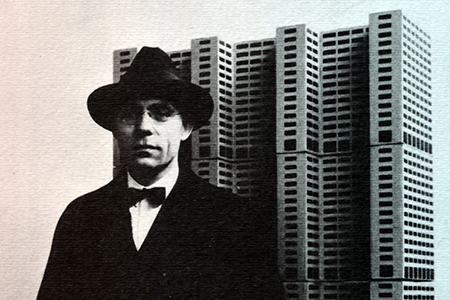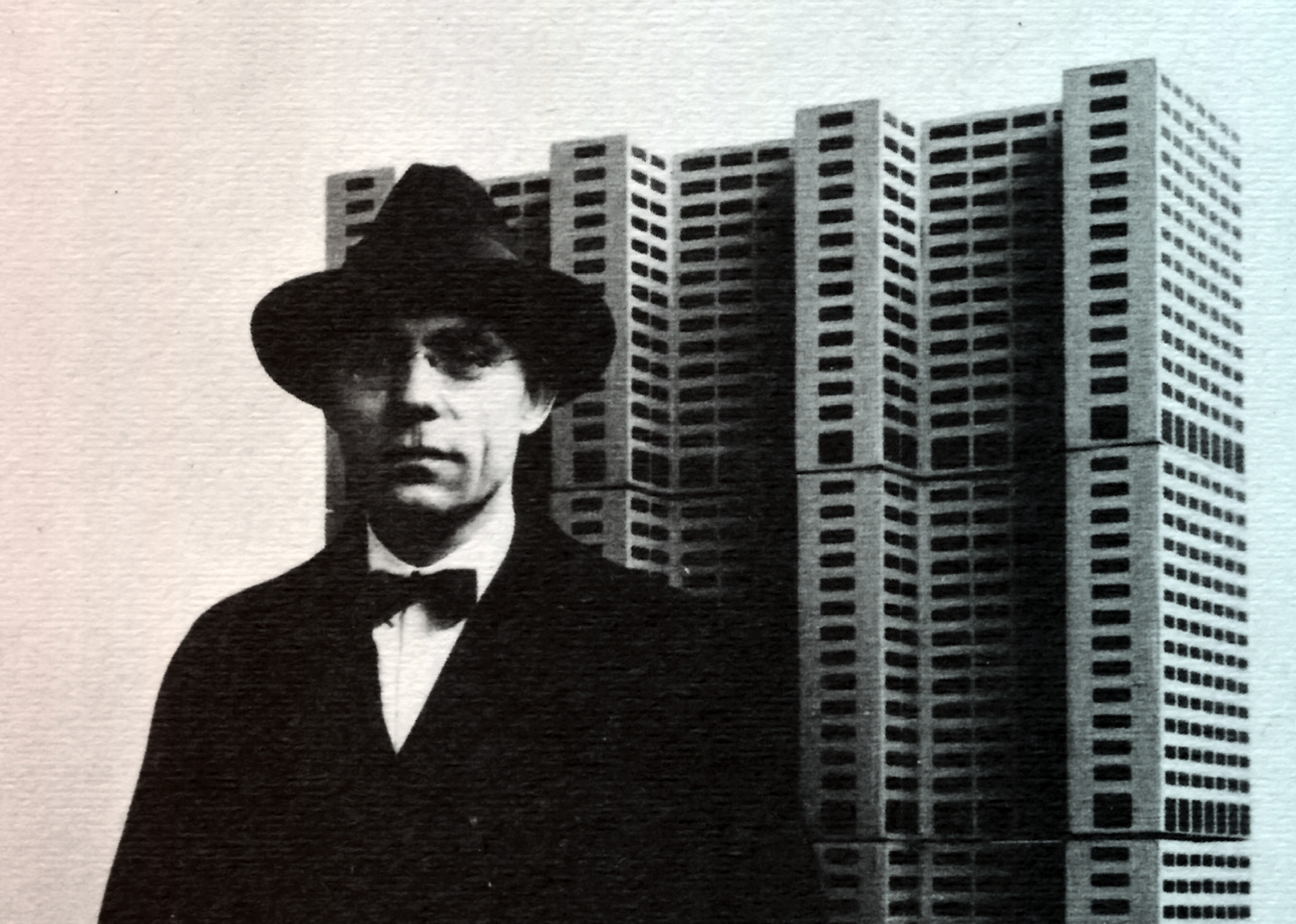Rethinking the Legacy of Ludwig Hilberseimer
The Berlage Institute in Rotterdam will present a one-day conference, entitled “The Non-Figurative City: Rethinking the Legacy of Ludwig Hilberseimer,” to take place on
Friday, 19 March 2010, from 10:00 am to 6:00 pm., Berlage Institute, Rotterdam
The conference aims to rethink the legacy of the architect, theorist, and urban planner Ludwig Hilberseimer. Conference participants will retrace his projects and theories on the city through new and innovative interpretations that situate his work in light of contemporary urban problems. The contribution of Hilberseimer to the debate on the modern metropolis remains one of the most extreme, if not one of the most original. His work addressed the city, whose project he reduced to minimal structuring principles or what could be described as a “non-figurative approach.” That is, an architecture without attributes, which, for this reason, is able to overcome its formal crisis and reclaim itself an instrument of urban and political invention.
A reluctant builder and prolific planner, Hilberseimer wrote several significant books, including Grosstadtarchitektur [The Architecture of the Big City] published in 1927; and realized, together with his close friend Ludwig Mies van der Rohe, Lafayette Park in Detroit, one of the most impressive and highly praised housing developments of the postwar period. Yet his austere planning schemes have often been dismissed as reductive, the embodiment of modernist alienation. His rich corpus of theoretical writings has not yet attracted the degree of attention devoted to other prolific theorists of his time.
In spite of such limited critical acclaim, Hilberseimer’s work has inspired important and radically different—if not at times opposing—interpretations of the city and its project, a few examples include: Manfredo Tafuri’s critique of architectural ideology, Archizoom’s zero degree urbanism, Rem Koolhaas’s notion of Nothingness, K. Michael Hays’s analysis of the post-humanist subject in architecture, Charles Waldheim’s research on landscape urbanism, Albert Pope’s studies on the ladder urbanism of North American cities, and Philippe Morell’s inquiries on architecture in the Age of Integral Capitalism.
The conference, organized as part of “The City as a Project” PhD Program, will map the original and unexpected ways in which Hilberseimer’s work and theories anticipate (seemingly) opposed contemporary urban paradigms, such as the generic city and the emergence of ecological urbanism. His view of the structuring role of landscape and territory in the formationof cities may be linked to the emergence of the post-humanist subject and the possibility of a non-figurative architecture. The main challenge of the conference will be to rethink the meaning of Hilberseimer’s radical approach to architecture and the city in relation to the role of welfare, infrastructure, large-scale design of cities, and the emergence and crisis of twentiethcentury forms of urbanization.
Presentations by:
Pier Vittorio Aureli
Head of “The City as a Project” PhD Program, Berlage Institute, Rotterdam
Andrea Branzi
Professor of Industrial Design, Politecnico di Milano
Markus Kilian
Partner, V-architects, Cologne
Gabriele Mastrigli
Architecture critic, Rome
Philippe Morel
Partner, EZCT Architecture & Design Research, Paris
Albert Pope
Gus Sessions Wortham Professor of Architecture, Rice University, Houston
Martino Tattara
Visiting first-year postgraduate tutor, Berlage Institute, Rotterdam
Charles Waldheim
Professor and Chair of Landscape Architecture, Graduate School of Design, Harvard University
Download The non-figurative city programme
11 marzo 2010

